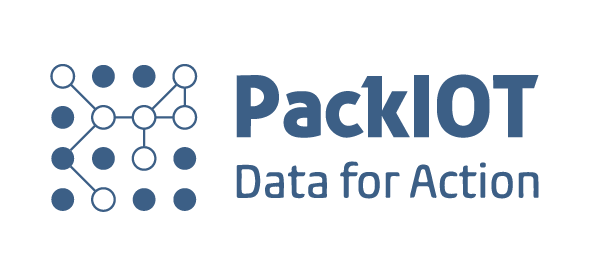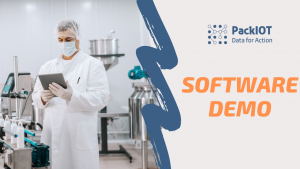PackIOT Software Demo
Does your factory struggle with tons of paperwork or human errors on spreadsheets? Do you know your main downtime reasons or can you answer how is your production running right now? You can answer all of those question and even more with PackIOT. A plug-and-play software that helps you with real time data in your manufacturing industry. https://youtu.be/BK0kxRLfoH0 With our production analytics software, you can track your day by day production and easily compare it with your goal for the production order and monitor your trend line. You are able to compare how your production is running right now with your goals for that specific production order. Easily track your OEE, the changeovers you had in that period and your productivity on each shift. You can also keep track of all the production orders that are in progress at the moment. You can track planned or unplanned downtime reasons: by line, category, and machine. All informed by the operators on the shop floor. Those downtime inputs are very important to add context to the reasons that your machine isn’t working or your production line stopped. With our software you will have a high engagement of the operators…










